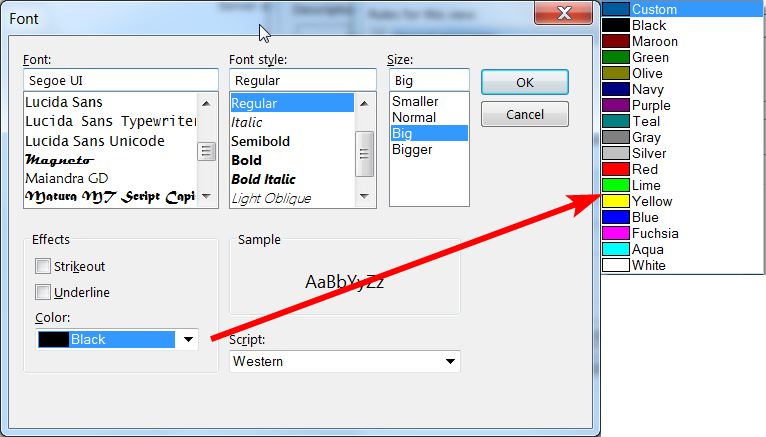

Later, you’ll be required to select a source Outlook data file under which you want to disable all the conditional formatting rules.After that, you can trigger this macro by hitting the “Run” icon the toolbar or simply hitting F5 key button.

If > 0 Thenįor Each objSubfolder In objCurrentFolder.Folders 'Disable all conditional formatting rulesįor Each objRule In objView.AutoFormatRules Set objView = objCurrentFolder.CurrentView If objCurrentFolder.DefaultItemType = olMailItem Then Sub ProcessFolder(ByVal objCurrentFolder As Outlook.Folder) Set objOutlookFile = įor Each objFolder In objOutlookFile.Folders Sub DisableAllCustomConditionalFormattingRules()
#Outlook conditional formatting all but code#
Subsequently, copy and paste the following VBA code into this module.In it, you should open a module which is not in use. Next, the “Microsoft Visual Basic for Applications” window will display.Then, in the Outlook main window, you should press “Alt + F11” key buttons.At the very outset, launch your Outlook application.In this case, you had better utilize the following way, which can help you achieve it in bulk.īatch Disable All Custom Conditional Formatting Rules But if afterwards, for some reasons, like resetting the view, you may hope to disable all these custom conditional formatting rules. If one day you desire to batch disable all of such custom rules, you can use the method introduced in this article.Ĭonditional formatting feature allows users to use different fonts and colors to highlight the emails based on their custom criteria. In Outlook, you can create various custom conditional formatting rules to change the display font and color of the items.


 0 kommentar(er)
0 kommentar(er)
